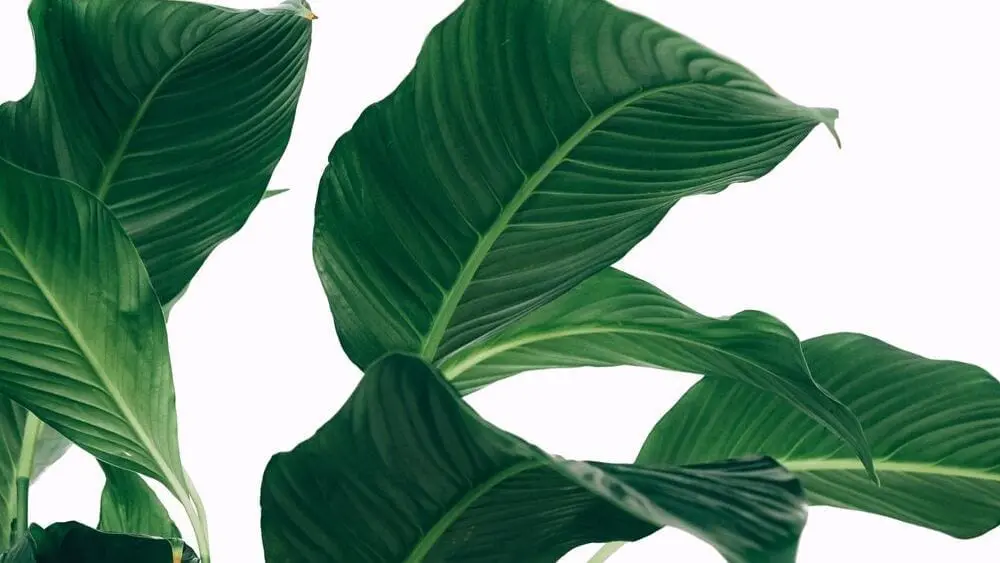
We are all constantly on-call. We have cell phones and other devices that are expected to be left on at all times. Parents, kids, and employers (not to mention the pesky spammers) can reach us whether we want or talk or not. Add that into the everyday stress of maneuvering throughout your day. Where do you go to escape it all?
There’s a new design trend for creating a stress-free space in your home, called a “breathing room.” What’s a breathing room? It’s a place to go to unplug from modern technology, and eliminate clutter and distractions. It’s a spot to quiet your mind and re-group after a long day of work and sensory overload.
A breathing room can be as simple as a quiet corner in your home or it can be an entire room devoted to relaxation and meditation. It is your space to unwind and escape from the outside world. A place to turn off the devices and let your mind rest. Your breathing room space should be relaxing calm space, with few distractions.
Keep your breathing room space furnished simply and include plants to help remove pollutants from the air. Houseplants are a great way to clean the air in your home, and as our homes become more energy efficient, maintaining clean air inside is an important consideration. Houseplants remove carbon dioxide and VOG (volatile organic compounds) from the air, and release oxygen, leaving the air you breathe much cleaner.
Some green plants to consider adding to your breathing room are the following:
Ferns
Almost any variety of fern will improve your air quality. A favorite is the Boston Fern (Nephrolepis exaltata), and it can remove formaldehyde and xylene from the air. Keep it in indirect light, and moist. They’re fairly easy to grow, and are available almost everywhere.
Snake Plant
Also called Mother-in-Law’s Tongue with their long, blade-like leaves that are as showy as they are sturdy, these easy to care for succulents are a workhorse, and one of the best plants for cleaning inside air. A member of the Sansiveria family, Snake Plants are almost impossible to kill. They will grow in low light and like dry soil. They’ll remove benzene, formaldehyde, trichloroethylene, and xylene from the air. Snake Plants are also very architectural; they make a great display when grouped with other houseplants and can grow several feet tall.
Philodendrons
There are literally hundreds of varieties of Philodenrons, and they’re almost always easy to grow. Some are tree-like and others are trailing, but no matter what type you choose, they’ll work hard and look great. Philodendrons thrive in indirect to bright light and don’t mind being a little root-bound. They’re known to remove virtually all toxins from indoor air.
For some color, consider the following flowers for your breathing room:
Chrysanthemums
Yes, the old florist standby and favorite plant for a pop of autumn color is actually the premier choice for removing impurities and improving air quality, according to a NASA study on houseplants. Mums will remove ammonia, benzene, formaldehyde, and xylene from the air. Once they’ve lost their blooms, mums can be moved outdoors and planted in the garden.
Gerbera Daisy
Another workhorse plant that will remove all toxins from your indoor space. Pretty to look at, and somewhat hardy too, this is another plant that can be moved outdoors once it’s past its prime. Add a little color to your breathing room and have clean air, too!
This is just a short list of plants that will improve your indoor air quality. They don’t require too much care, so they’ll allow you to actually enjoy your new, quiet space in your home, instead of having another thing to worry about. Try to find a space to carve out where you can unplug, rest your mind, collect your thoughts, and most of all, breathe.

Sarah Kinbar is a writer and editor with a passion for design and images. She was the editor of Garden Design magazine, curating coverage of residential gardens around the globe. As the editor of American Photo, Kinbar worked with photographers of every genre to create a magazine that told the story of the photographer’s journey.
She has been writing about architecture, landscape design and new-home construction for NewHomeSource since 2012. During that time, she founded Kinship Design Marketing, a boutique agency that provides content for website redesigns, blogs, inbound marketing campaigns and eNewsletters.
 Builders Give Buyers Their ‘Forever’ Home
Builders Give Buyers Their ‘Forever’ Home